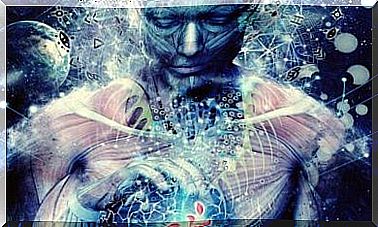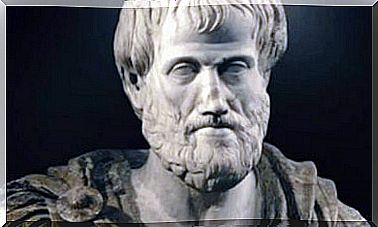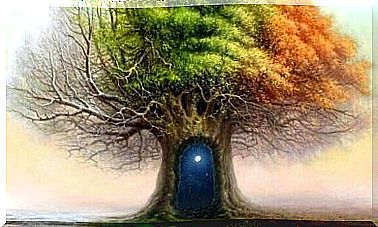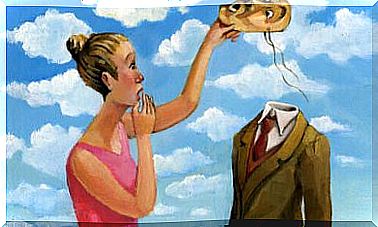The Monsters Of Reason: Psychology Of Goya’s Black Paintings
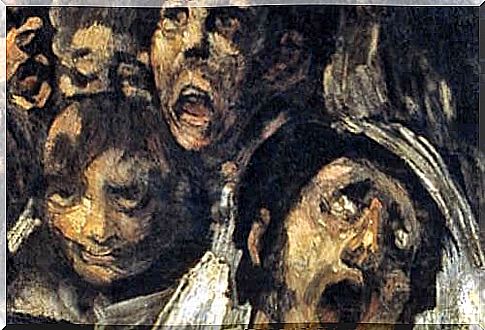
The psychology of Goya’s black paintings continues to be an enigma. The set of mysterious and truculent paintings that furnished the walls of the Quinta del Sordo were with a unique cosmogony, the product of an afflicted mind, at times desperate but determined in a historical context marked by repression.
Was the torment that afflicted Francisco Goya perhaps caused by a psychological disorder? Or was it instead the result of the desperate aura that came with age, deafness and immanent violence in a Spain shaken by historical events?
Perhaps it was a combination of all these factors. We cannot help but think about how the creative process of an artist works: the sorrows of life are molded on the canvas, even leaking from the chromatic range.
The fourteen works that are part of Goya ‘s cycle of black paintings represented a radical change in his trajectory. Born as the master of color and light, he ended his career in darkness and shadow. The one who had been the most renowned portraitist of the Spanish Enlightenment society ended up decorating his house with deformed, burlesque and demonic faces.
It may be that such figures have served him to bring out all the sensations, thoughts and horrors seen in his past. Almost without knowing it, Goya anticipated contemporary painting with its intentionally malformed figures and the dark and vibrant shades of a soul in pain, paving the way for expressionism.
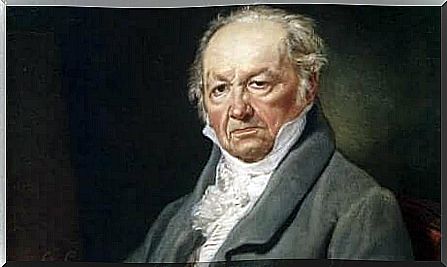
Psychology of Goya’s Black Paintings
Vermilion, orpiment, lead white, carbon black, Prussian blue and different types of ocher. These were the pigments prepared by Francisco Goya himself and used to create the works that adorned the walls of the Quinta del Sordo. Thanks to several historical documents and evidence of the time, we even know where the paintings were located.
On the top floor of the house were Rustic Duel, Pilgrimage to the Fountain of San Isidro, Fantastic Vision, Atropos, and Two Women and One Man. The darker and more frightening paintings were strangely dedicated to the dining room, located on the ground floor and intended for social gatherings.
There sat Saturn devouring his children, The pilgrimage to Sant’Isidro, The witches’ sabbath, Leocadia, Two old men, Judith and Holofernes.
The painter was not concerned with the disturbance he caused in his guests, nor with the fact that he could be denounced; let’s not forget that Goya has always been an uncomfortable character for the Inquisition and the ecclesiastical institution in general, who saw in him an artist dedicated to portraying the perversions of those in power.
Goya’s psychology of black paintings has as its main objective to understand what led him to create them. What prompted him to create such somber paintings?
Doubts emerge about his state of health and if he suffered from some mental disorder, if he was pushed by a wave of gloomy emotionality or if he simply wanted to leave a mark on posterity (specifically to his nephew, to whom he left the Quinta del Deaf). . Let’s analyze some aspects related to his work to understand his inner world.
The sleep of reason produces monsters: Susac’s syndrome
To understand the Goya of black paintings, it is interesting to dwell first of all on the cycle of 80 works by the Caprichos , which anticipated a change in the life of the Aragonese artist. At the time, the painter was already suffering from a rare disease of autoimmune origin: Susac’s syndrome.
The syndrome started at the age of 46, rapidly debilitating his physical and psychological health. Constant migraine, nausea and visual alterations … all factors that favored the development of a new chromatic range in the life of the Aragonese master: that of darkness and anguish.
One of the neurological consequences of this rare disease was undoubtedly deafness. Goya’s sensory faculties deteriorated, losing panache, light, sound, hope …
Just like the society he was immersed in. The Caprichos were the first step towards the world of the unconscious that led him to shape grotesque, monstrous and fantastic elements as never before.
In these prints Goya manifests the reflection of the superstitions of the simple people of the time, those who believed in demons, witches and ghosts. Nocturnal creatures that invaded the sleep of the illustrated characters.
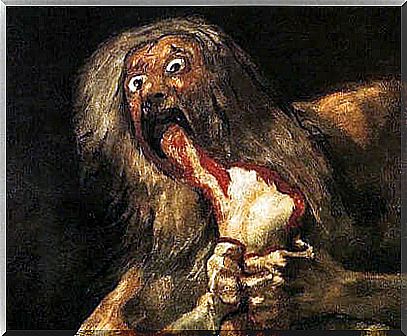
The delirium tremens of a brilliant but sick mind
The work of Francisco Goya (1746-1828) was largely inhabited by disturbing characters. Was it a reflection of a mental disorder? Absolutely not. It was the exceptional creation of an artist capable of reflecting the injustices of society aimed at decay in which he himself lived. A society that despaired him.
Few art masters have been able to convey the same inner torment, loneliness, a sense of fear and despair. When Goya arrived at his country house on the Quinta del Deaf, memories still swarmed in his mind, the sound of shootings, the pain of exile, the burns of a vile and disloyal society.
Just as Dr. Ronna Hertzano from the University of Maryland explains, Susac syndrome results from brain inflammation. This causes hallucinations and a reduced blood flow to the eyes and ears. Hence the deafness, sight problems and suffering of the painter.
In the cycle of black paintings there is no light because there was no more hope for Francisco Goya. He was a desperate man who suffered from an equally chaotic world. His Saturn devouring his children or Judith and Holofernes were the mythological figures used later by Freud for his theories.
The symbolic register of these works is a true representation of the most sinister and atavistic side of the human being. Of our darkest impulses.
Goya was able to shape his inner world thanks to his canvases, helping us to discover the darker side of our nature, the one we don’t always like to see.
